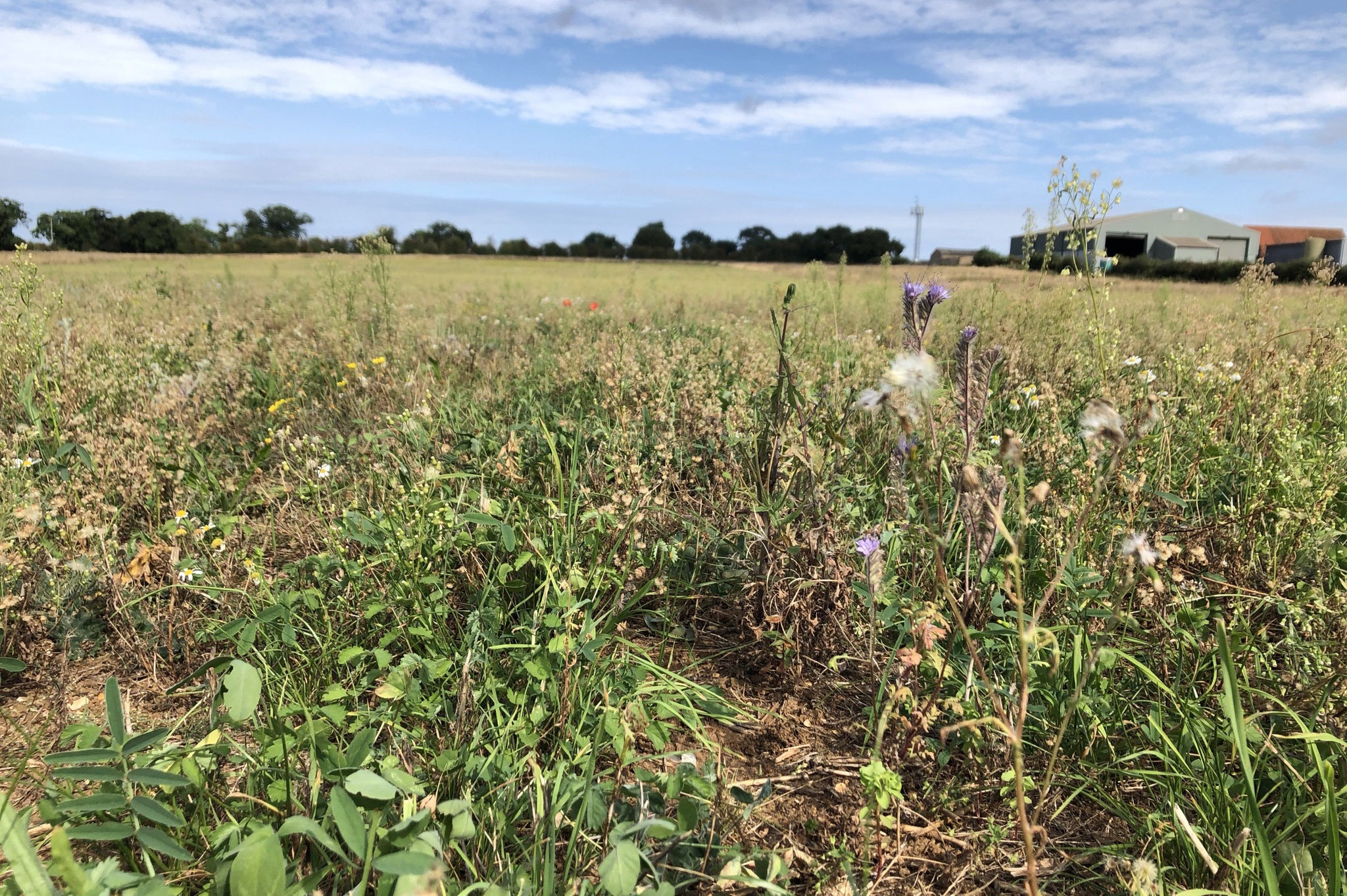My Carbon Footprint: Fifa vs farming
Carbon neutral you say? So what’s changed, asks Kate Hughes


So, the 2022 World Cup’s claim to be the first carbon neutral event of its kind is the result of “creative accounting” and ignoring major sources of emissions according to a new report. And everybody’s surprised.
Or perhaps nobody is.
The organisers of the gargantuan Fifa event in Qatar describe the Carbon Market Watch findings as “speculative and inaccurate”.
But the whole thing reaffirms our deep misgivings over the notion of carbon sequestration, offsetting and the massive get out of jail-free card it seems to give, well, everyone.
Who can blame us when even airlines now feel justified in trotting out their ultra-greenwashed eco “credentials” with carbon neutrality blazing away at the front of the parade?
When, at best, carbon offsetting here in the UK seems to mean creating massive monoculture plantations of Sitka spruce across huge swathes of land from traditional agricultural land to peat bogs?
It’s something we’re trying to grapple with on our Exmoor hill farm right now, in a bid to turn a conventional agricultural landscape into a space that produces better, more nutritious food for humans, achieves significant biodiversity net gain, and helps fight climate change more broadly. All at the same time.
Yes, we’re planting trees. Over the next three years we expect to plant around 100,000 of them on half the farm. But we’re going for a diverse broadleaf forest that will remain in place permanently with further, natural regeneration a key part of the plan. We’re not interested in a single species desert that will be harvested for timber in just a couple of decades.
I’ve never been part of a project whose “phase “ is 150 years long before, I don’t know anyone who has. It messes with your head a bit, I don’t mind telling you, especially when your other life is journalism, whose outputs have a shelf life of about twenty minutes.
But tree planting is only a small part of the story, because as farmers we know that we’re nothing without the soil beneath our feet.
Carbon capture for us means soil – its protection, cover and the restoration of its structure and quantity of organic matter after, in our case, decades of endless ploughing to break it up and expose it to the elements releasing huge quantities of carbon, followed by spraying with fertilisers, fungicides, insecticides and pesticides to kill off whatever managed to survive.
(Don’t get me started on the nose-dive in the nutritional value of the food produced on such depleted soils – we’ll be here all day.)
In fact, we know that soil stores more carbon than the atmosphere and vegetation (biomass) combined. It’s a massive carbon sink. Increasing the carbon stocks in the top metre of soil by just 1 per cent would capture more carbon than the annual emissions from burning fossil fuels worldwide.
But we’re only going to do that if we change the way we work, the way we do business and the value we place on biodiversity as well as those all-important carbon calculations.
For us, that means regenerative farming on the other half of the land. So instead of the kind of “neat and tidy” hedgerows and patchwork fields full of a single crop or animal from children’s drawings, the hedgerows are growing out into mature trees, creating vital wildlife corridors through the landscape to connect up pockets of the old woodland that has somehow survived the onslaught of intensive farming.
Right now, as well as selling the plough in favour of a drill that slides seeds for crops into the soil beneath the permanent clover layer that stops carbon disappearing into the atmosphere, we’re, well we’re planting a few more trees.
Here they will be avenues of nut trees to provide alternative, sustainable protein sources as all our diets evolve. Underneath those are emerging huge pollinator strips – ground full of wildflowers that are never disturbed, never planted for crops or grazed and that support the kind of insects that, apart from the huge range of biodiversity benefits, will help boost food quality and yield.
Between the rows, the ground will rotate each year through crop production, grazing by a mixture of animals all at once and, for two years in every seven, will be left to recover.
Our farm is starting to look very different, the huge boost in vegetation means it smells different, the return of birdlife this spring in greater numbers means it even sounds different. And yes, as it happens, we are quickly becoming not just carbon neutral as a business, but carbon negative.
Why am I telling you all this? Partly because it’s insanely exciting. Partly because it’s a huge privilege to have the opportunity to drive genuine change in the pursuit of climate recovery – critically, in terms of both carbon capture and biodiversity.
After all, we’re still in deep trouble if we’re only aiming for neutral, if we’re not trying to recover the situation, if we’re only trying not to make this environmental catastrophe any worse.
Mostly though, I’m telling you this because I know that you know that you can slap a “carbon neutral” sticker or even a “carbon negative” sticker on whatever you like.
But it doesn’t mean a damned thing without taking a life, a business, a government, a nation, and doing the real work – making deep, considered, permanent change.
Otherwise, you’re fooling nobody.
Join our commenting forum
Join thought-provoking conversations, follow other Independent readers and see their replies
Comments